Croatia is one of my favorite destinations in Europe. The country itself is gorgeous, with plenty of sunshine, blue skies, mountains, the Adriatic Sea, and the red rooftops that complete its postcard look. Croatia offers everything from a touch of history when visiting its medieval cities to hiking trails and numerous beaches. In addition, it is quite affordable. I took a week long road trip along the east coast of the Adriatic Sea, focusing mostly on the region of Croatia known as Dalmatia, but also stopping to hike the Plitvice Lake National Park in central Croatia. In this destination guide to the Croatian coastline for first time visitors I will introduce you to some must see attractions on Croatian coastline along with logistics to help you plan your trip.
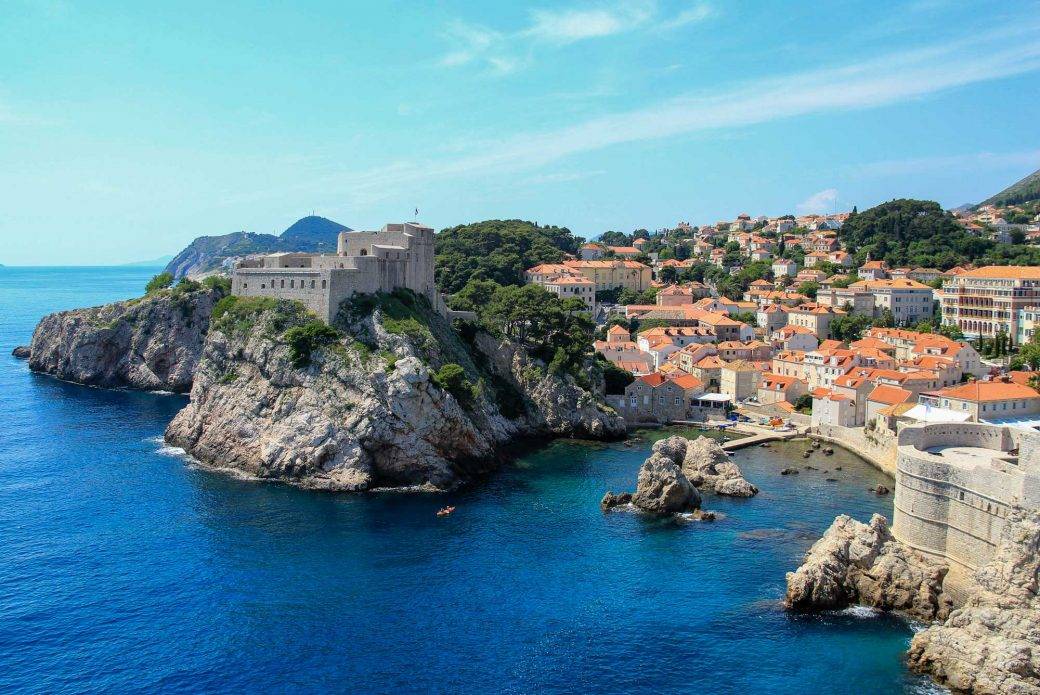
Table of Contents
A guide to the Croatian coastal cities of Dalmatia
Split: capital of Dalmatia and the second-largest city in Croatia
Visit the Diocletan Palace
Split is the biggest city in Croatia’s region of Dalmatia. Its main attraction is the Diocletan palace, a striking example of Roman defense architecture dating back to the fourth century. You can enter the palace from one of the four gates. They take their name after metals: bronze, golden, silver and iron.
Touch the toe of Grgur Ninski’s statue
Visit the statue of Grgur Ninski. This medieval bishop, a senior clergyman in Catholic church, brought a native Croatian language to Catholic ceremonies. At that time the rest of Catholic church relied heavily on Latin, which few people understood. To this day, Catholicism remains a predominant religion in Croatia. The 6-foot-tall statue of Grgur Ninski was made by Ivan Mestrovic, a well-known Croatian sculptor. Touching the statue’s toe is believed to bring good luck.
Wander the narrow streets of Old Town
Wander the narrow streets of Split. Stop by the Saint Duje’s (Domnius) Cathedral, a Catholic place of worship, built in the 13th century and climb its bell tower to see wonderful views of the entire city. In front of the cathedral is the Peristyle Square, a center of Split’s cultural life. It is also a good place to sit down and enjoy a cup of coffee.
Walk the Riva Promenade
Finally, take a walk by Riva Promenade. This is Split’s waterfront, known as a place for cultural, political, and sporting events.
Trogir: a historic medieval town
Enter the city via Lang Gate
Trogir is a smaller town near Split. It will take you a few hours to see leaving plenty of time in a day to explore its surrounding areas or make a trip to the beach. The historic city of Trogir is a UNESCO World Heritage site. It is listed as a medieval town that has been preserved to an excellent degree.
Enter the city via its medieval Lang Gate featuring the city’s patron saint, Saint John of Trogir. In Roman Catholicism, saints are individuals who were recognized after death for their holiness. They are believed to go to heaven and advocate on behalf of the living.
Take in the city views from the Saint Lawrence Cathedral
Wander the narrow streets of Old Town. Stop by the gothic and renaissance buildings Saint Lawrence Cathedral and the Clock Tower. Construction of the cathedral began in the 13th century and took four centuries to complete. Be sure to stop by the cathedral’s magnificent gateway, created by local master sculptor Radovan and his pupils. The gate features a variety of artwork including portrayals of Adam and Eve, the four seasons, and biblical stories. Finally, climb the latest addition to the cathedral, the bell tower, to see a view of the historic city of Trogir. The bell tower was completed in the 16th century.
Across from the cathedral’s tower is the Clock Tower. You will find a statue of St Sebastian and the City Loggia located on John Paul II Square. The square used to be a courtroom back in the day.
Walk on the Waterfront Promenade
Next, make your way to the waterfront promenade, passing St Dominic Monastery. Monasteries are religious communities of monks. Monks devote their lives to prayer while living under a vow of obedience, poverty, and chastity. The monastery features great artwork.
Continue walking on the promenade, and toward the end you’ll find Kamerlengo fortress and castle. They were both built in the 15th century after the city was conquered by Venetians. If you’re visiting Croatia in the summer, you might be able to catch a concert, a show, or an open-air movie there. If not, you can always climb one of Kamerlengo’s towers for a great view of Trogir.
Dubrovnik: the medieval city known as the “Pearl of the Adriatic”
Explore the City Walls from all angles
One of my favorite activities in the city was walking on the city walls that show off the true beauty of Dubrovnik. Not only do they offer great panoramic views, but they also come with a system of towers and fortifications. This includes the famous Lovrijenac Fortress. You might recognize the Lovrijenac Fortress from cultural events and television shows such as Game of Thrones. The city walls are a number one activity that should be on everyone’s list.
- For a different angle on the city walls, see them from the sea. I recommend a boat tour or sea kayaking around the city walls. You can take a half-day tour, full-day tour, or sunset tour. You won’t regret it.
- If you’d rather lie down on a beach near the city walls, visit Banje Beach.
- Another great way to explore the beauty of Dubrovnik is from above. Take a cable car from the Old Town to Mount Srd. for a postcard perfect view of Dubrovnik’s Old Town.
Discover the hidden gems of Old Town
Dubrovnik was my favorite Croatian city. I wish I had spent more time there. It has a picture-perfect Old Town with red roofs, white stones and many architectural elements from the gothic, renaissance, and baroque periods.
I recommend you start by strolling through Old Town and checking out its many attractions. Take a closer look as you pass by buildings that offer numerous architectural details.
- One unique structure is the Franciscan Monastery with the oldest pharmacy still in existence, dating back to 14th century.
- Other notable buildings include the Rector’s Palace with beautifully crafted pillars and the Dubrovnik Cathedral that has great artwork.
- Refresh yourself at the still functional Onofrio’s Fountain from the 15th century.
- See the the War Photo Limited, a historic exhibit in Old Town that is a bit different but important to see. This museum features war photography by well-known photojournalists and includes photos from a relatively recent conflict that took place in the 1990s.
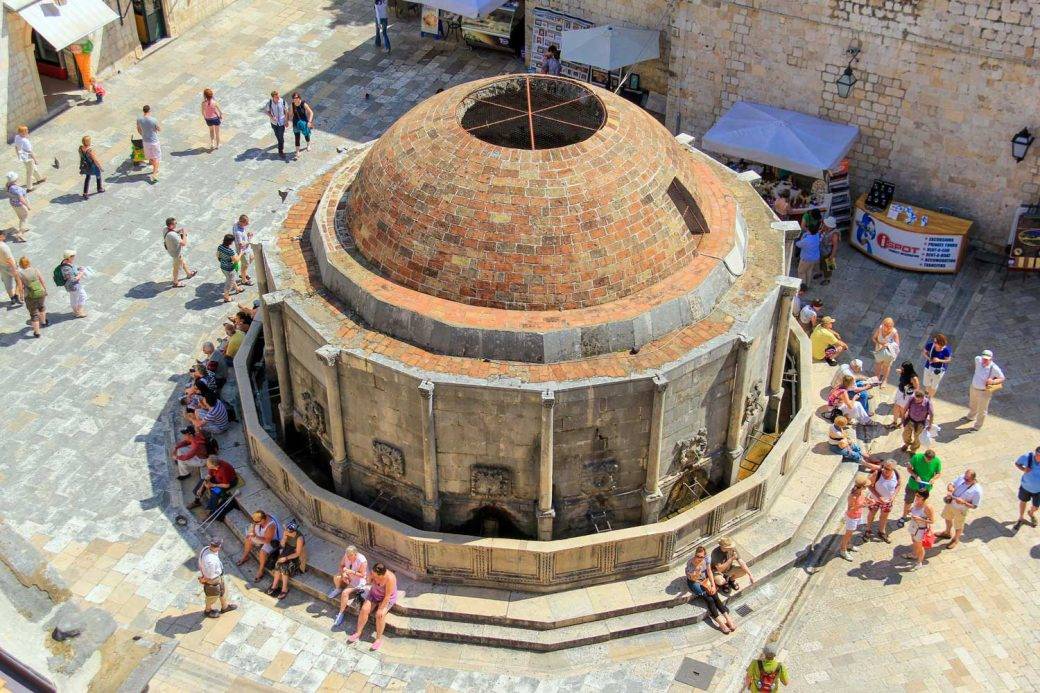
A guide to Croatian national parks
Plitvice Lake National Park: discover 72 waterfalls
Plitvice Lake National Park should definitely be on your list of places to visit in Croatia. It’s a unique and beautiful place with stunning views of 16 lakes connected by 72 waterfalls. The crystal-clear water gives you a clear view of the water life as you walk on the wooden planks. The water itself ranges in color from green to turquoise to blue.
The park consists of lower and upper sections with seven routes. It will take you anywhere from a few hours to a whole day to hike. I recommend beginning from entrance number one in the upper section and making your way downhill to the lower section. Either way is fine.
It’s impossible to avoid crowds. However, if you get tired of walking, you can take a shuttle or an electric boat back. Transportation inside the park comes with the cost of your admission ticket.

Krka National Park: swim in waterfalls
Compared to Plitvice, Krka National Park is a bit smaller but equally beautiful. Krka National Park offers great scenery. The park is mainly known for its waterfalls: Skradinski Buk and Roski Slap. The most popular of the two is Skradinski Buk. It is the longest waterfall in the park, and it is quite impressive. The fun part is that you can swim in its waters in summertime. On the contrary, swimming is prohibited in Plitvice.
Aside from the waterfalls, Krka National Park has two medieval monasteries that belong to two different religions. There is a Catholic Franciscan Monastery along with a church located on Visovac Island. You will also find a Serbian Orthodox Krka Monastery near the Krka River. Both monasteries are reachable by boat, and parts of them are open for tourists.

Logistics guide to the Croatian coastline
Food on the Croatian coastline
Croatian food varies by region and is influenced a lot by other cuisines. Dalmatian cuisine was heavily influenced by the Roman empire and centuries of occupation. It is very much like Mediterranean food with seafood, vegetables, and lots of fresh spices.
- Have some grilled fish, octopus, mussels, or oysters. Then choose greens and olive oil or pasta in the form of gnocchi, spaghetti, or ravioli.
- Try Dalmatian prosciutto, which is typically served as an appetizer with olives and selection of cheeses.
- Have a fish soup, seafood stew, black risotto, or peka that are typical to the Dalmatian region. Black risotto is a seafood and rice dish with squid ink while peka is slow-cooked meat/seafood with vegetables.
Accommodation on the Croatian coastline
When it comes to accommodation, there’s something for everyone’s pocket. You can choose between hotels, room/apartment rentals to entire villa rentals, hostels and campsites. There are even all-inclusive resorts. I wouldn’t recommend them as you will miss out on culture and food by staying at a resort.
Availability of accommodation varies depending on the location. Expect to find pricier and more luxurious hotels and a wider selection of hostels around Dubrovnik rather than Split or Trogir. You can find villas in more remote places away from city centers.
If you’re a nature lover, you might enjoy camping or staying in mobile homes right by the seaside. Some of the mobile homes are quite fancy and even come with hot tubs. A unique accommodation in Croatia is apartments in lighthouses on the coastline.
Whatever you choose, make sure you book in advance to get cheaper prices and a wider selection. This is especially true if you’re planning on visiting Croatia in the summer.
I opted to stay away from most popular and pricier tourist spots for the sake of smaller towns. This let me enjoy the peace and quiet of smaller towns. I also found less crowded beaches such as Selce while at the same time experiencing more of Croatia.
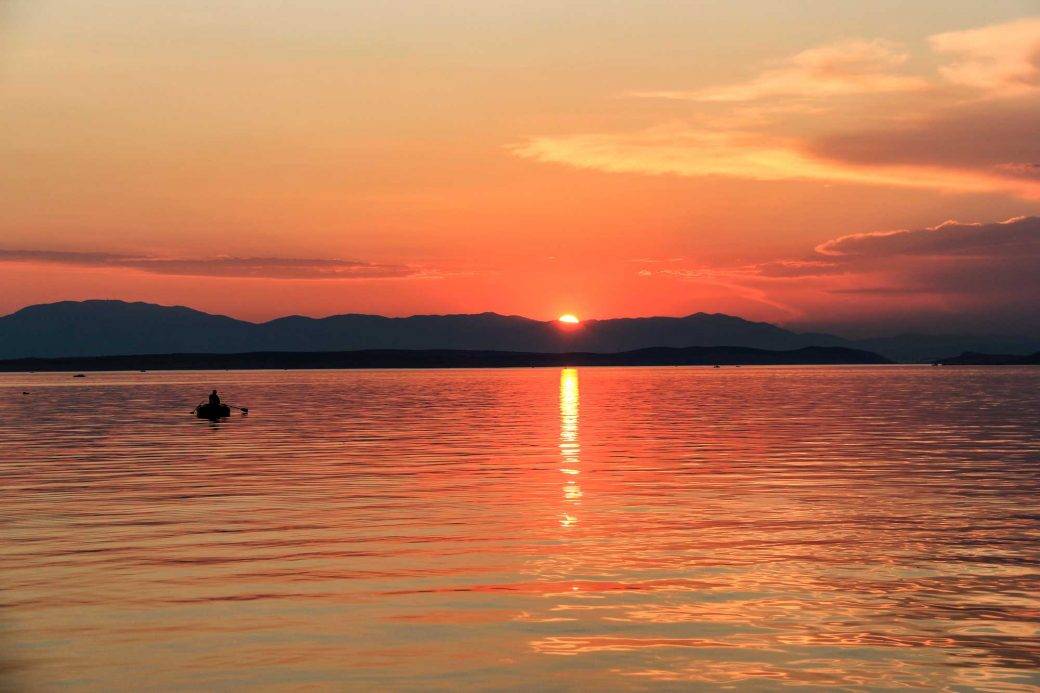
Transportation on the Croatian coastline
Croatia has some of the most scenic drives in Europe. Traveling by car is affordable, and I made it my preferred way of transportation while touring Croatia. If you plan to rent a car, be sure you to get an international driver permit.
In terms of public transportation, buses will take you from the major international airports to downtown cities. In most major cities, you will also be able to use rideshare apps, and there are always taxis available.
Unlike other European countries, Croatia does not have a well-developed railway system between cities. However, coach buses will take you anywhere you need to go while being cheap and efficient. Nonetheless, you’ll sometimes need to use a combination of buses and trains to reach certain destinations.
Overall
My short tour of the Croatian coast was fun and refreshing. The natural beauty of Croatia really made an impression on me. I hope to go back to explore other parts of Croatia and spend more time in Dubrovnik. Next time I plan to explore at a slower pace. I hope you find this destination guide to the Croatian coastline helpful in planning your trip.

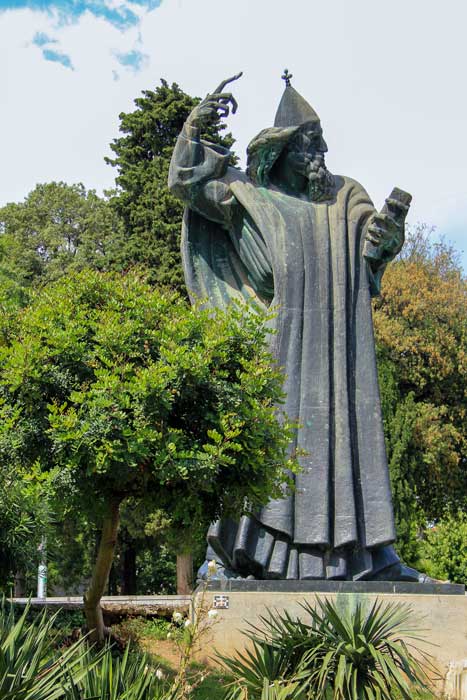
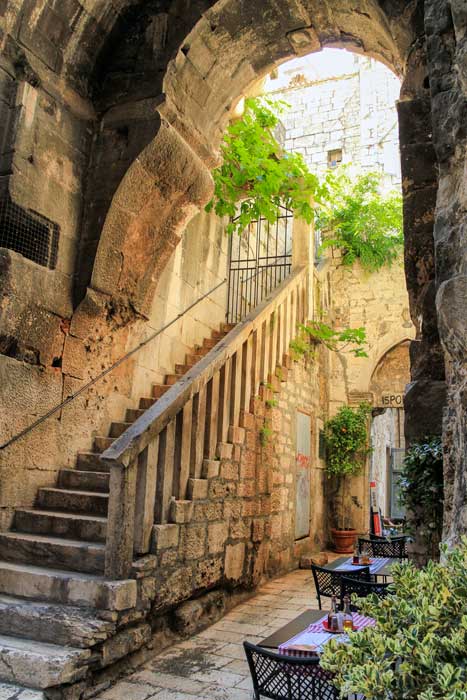


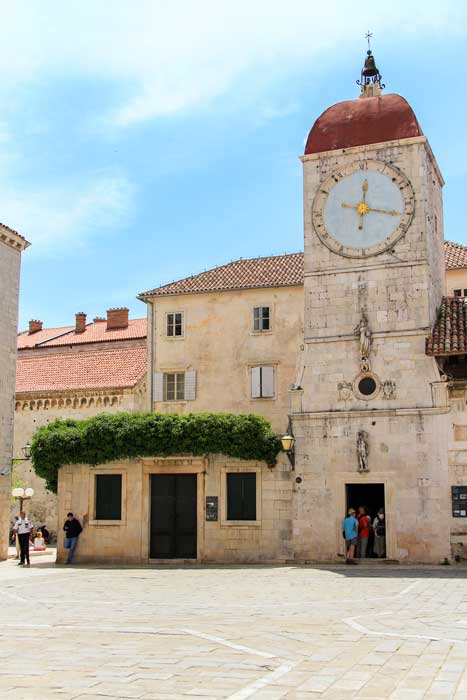
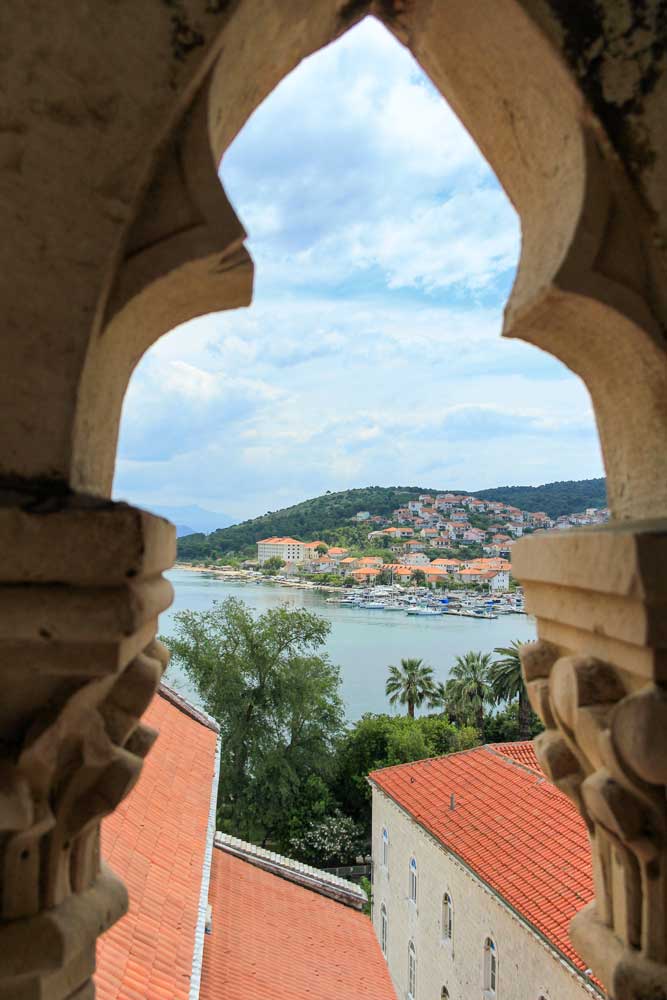


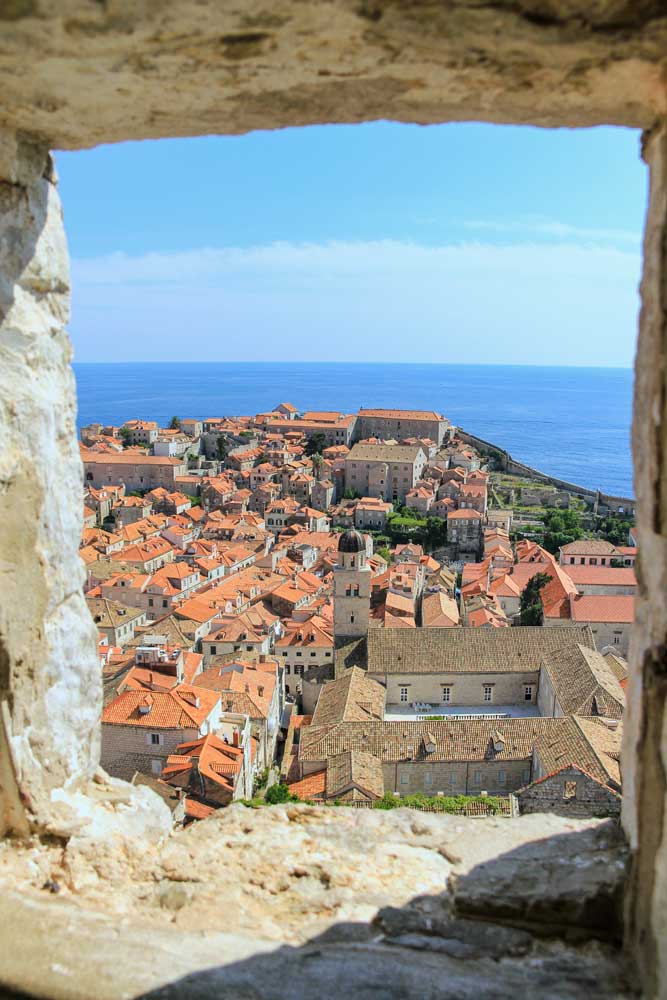
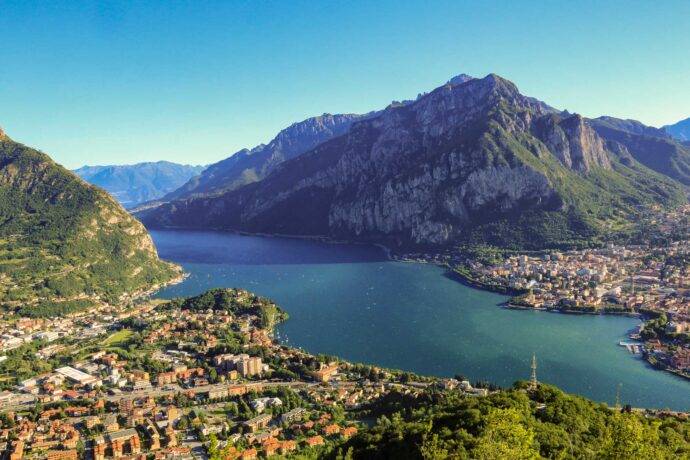



No comments